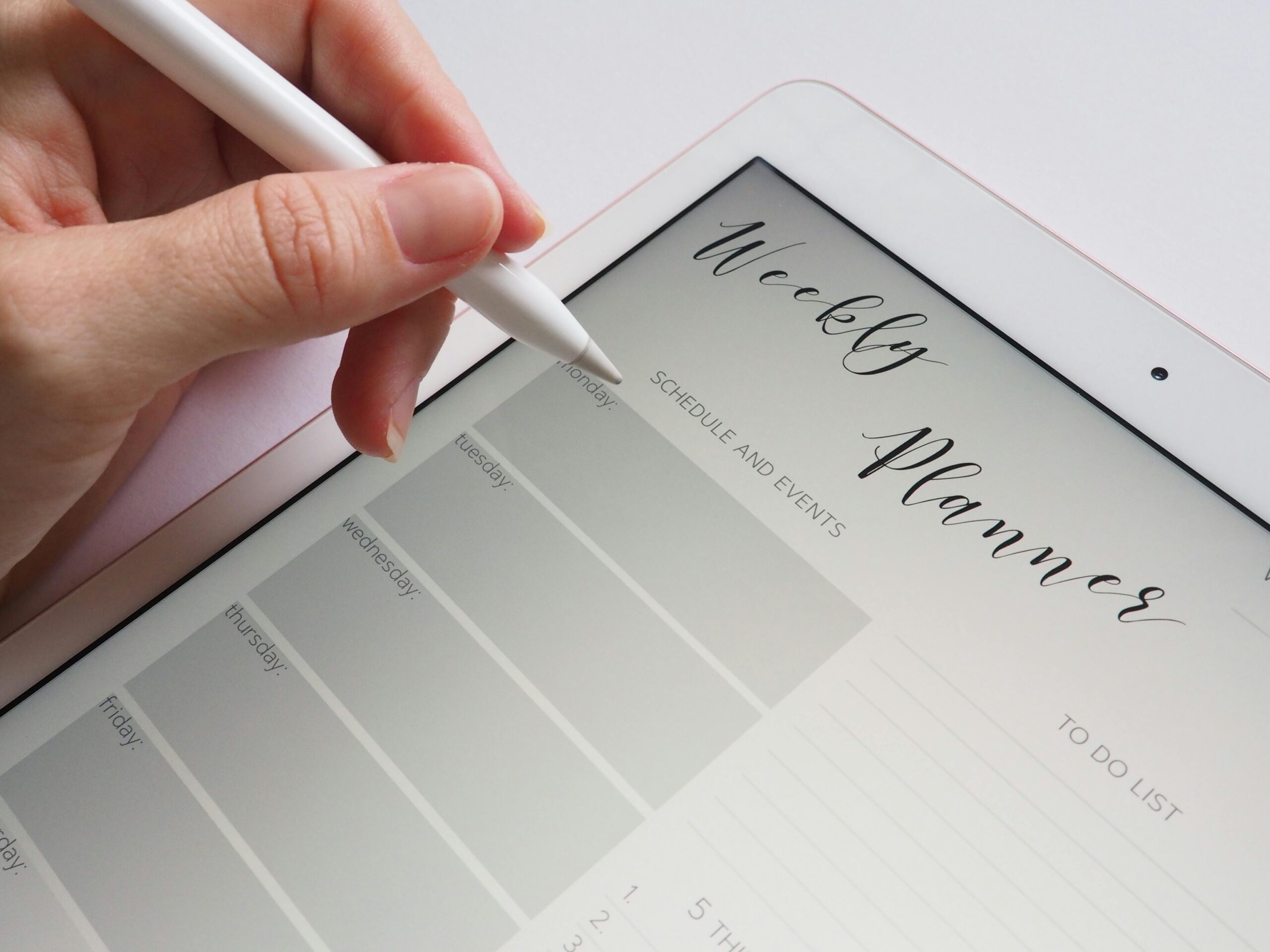Bullet journaling is an excellent way to initiate your journey of narcissistic abuse recovery. It will serve as your guide and companion until you achieve your desired outcomes.
Narcissistic abuse affects your behavior, physical, cognitive, and emotional well-being, as well as your social life.
It can cause several mental health issues, sleep problems, or worsen pre-existing conditions. This can all lead to a lack of productivity and efficiency, especially in areas where the narcissists have shamed you the most.
You may feel more tired or depressed, and others may perceive it as laziness. Even you might think you are lazy. This can lead to even more guilt and grief.
Bullet journaling is a method to track your progress in various aspects of your life without consuming much of your time. Progress can serve as a great motivator to continue a practice until it becomes an automatic habit.
Bullet journaling combines your to-do list, calendar, notes, journal and progress report. It helps you stay on track to achieve your short and long-term goals.
You can learn more about bullet journaling here:
https://www.oprahdaily.com/life/work-money/a32155559/how-to-start-a-bullet-journal/
https://sublimereflection.com/bullet-journal-101/

If you’re unsure where to start, here is a step-by-step tutorial to guide you to create your bullet journal to rebuild productivity as part of narcissistic abuse recovery.
1. Create an Excel file/workbook (you can also use a physical journal).
Why Excel? Creating an Excel file is non-messy, more organized, easy to view and use for a bullet journal. You can create new worksheets for different months or aspects of your life you are tracking. You only have to open one file for everything, and you can update it anywhere easily.
You can create or store this Excel file in your drive (iCloud or Google Drive) so that it is autosaved and remains with you even if your device stops working.
Note: You do not need any expert Excel knowledge to do this, just a general understanding of what Excel is.
A workbook is a file created in Excel. It comprises worksheets (you can create as many sheets as you want), also known as spreadsheets, where data can be entered and calculated within cells. These cells are arranged in columns and rows.
You can name the workbook something you like, for example, “Project 2024” if you plan to use it for the entire year.
2. You can create a new sheet to represent a particular month, and each column of the sheet can represent the attributes you want to measure.
A detailed video tutorial is made on how to create a bullet journal in Excel below.
3. Decide on What Attributes to Measure.
The three pillars of a healthy life are health, wealth, and relationships.
In the context of narcissistic abuse recovery and boosting productivity, we’ll initially focus on aspects that primarily impact your mental/physical health.
Attributes might include the following:
- Mood
- Energy levels
- Nutrition (protein, carbs, fat)
- Sleep
- Bodyweight
- Bodyfat %
- PMS/Menstrual cycle
- Other Illnesses
- Rumination and its trigger
Next, we can shift our focus to wealth, primarily related to study or work:
- Hours dedicated to work/study
- New ideas for business
- Spending habits
- Income
Moving to the next level, let’s consider relationships:
- Time spent with friends, parents, children
- Family dinners
- Number of narcissists encountered daily
- Number of narcissists still part of your life
Feel free to add attributes you consider essential for your daily life. However, ensure you don’t overwhelm yourself, as it may become challenging to maintain.
4. Decide on the Frequency of Measurement for These Attributes.
Physical health factors such as weight, body measurements, and body fat percentage do not need to be evaluated every day. You could do it biweekly or on a monthly basis.
Financial metrics, like those related to financial planning, only need to be updated on a monthly basis.
You can regularly measure attributes that are essential for your narcissistic abuse recovery such as rumination.
5. Start Small.
Focus on measuring 2-3 attributes first. You may find it overwhelming to measure 10-15 things regularly.
Begin with work/study. How many hours can you focus and concentrate? Write that down.
Instead of measuring attributes, you can also write 1-2 lines, just like in normal journals, to highlight the key events of the day in one column of the sheet.

